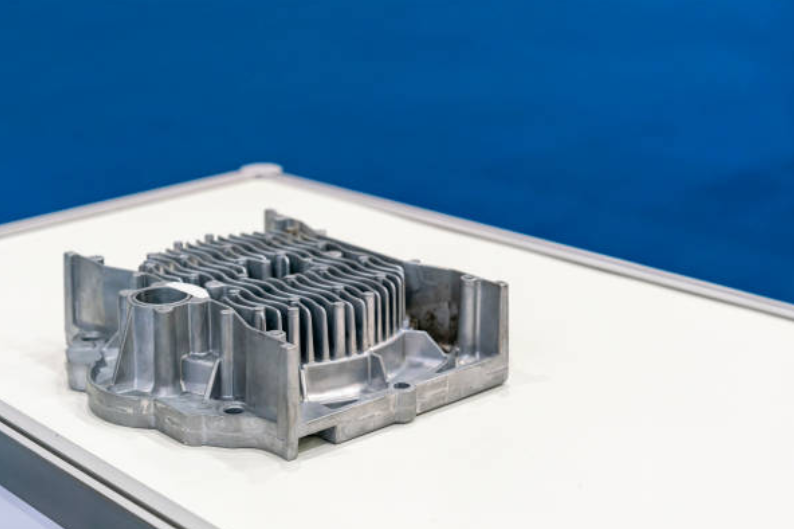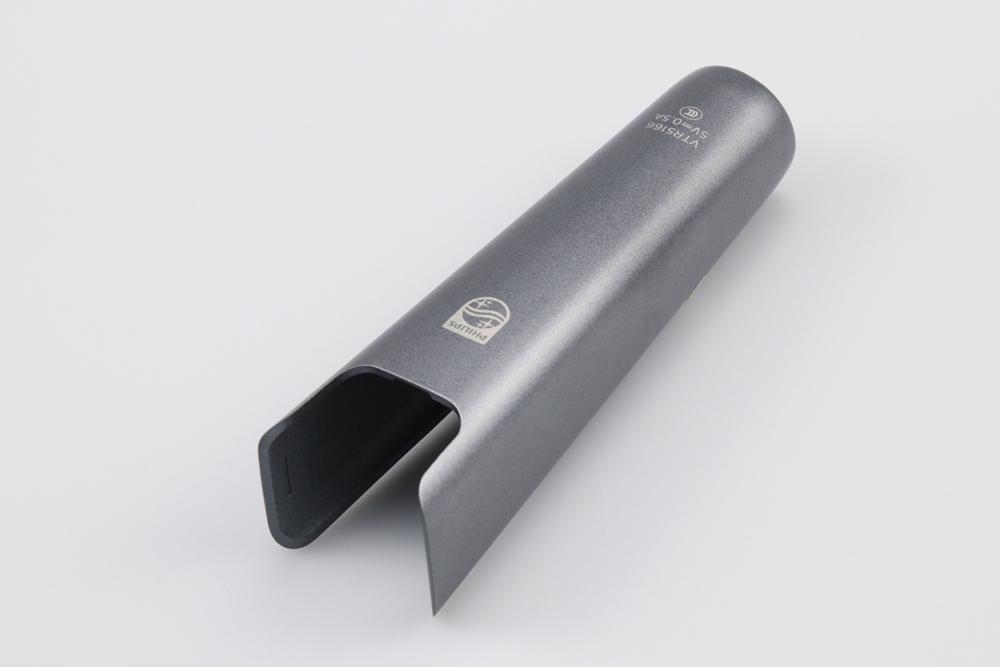What types of surface finishes are commonly applied to aluminum die castings?
Surface finishing plays a crucial role in enhancing the performance, durability, and visual appeal of aluminum die castings. Depending on the end-use application, manufacturers apply various treatments to improve corrosion resistance, wear protection, and aesthetics while maintaining dimensional precision.
Protective Coatings for Corrosion Resistance
One of the most effective treatments is anodizing, which forms a hard oxide layer that resists corrosion and provides excellent adhesion for paints and dyes. For components exposed to harsh environments, powder coating offers a uniform, durable layer that prevents oxidation while allowing decorative color options. Passivation is also used to remove impurities and improve chemical stability.
Aesthetic and Functional Surface Treatments
Processes such as polishing and a brushed finish enhance surface reflectivity and texture, resulting in a premium appearance for consumer electronics and lighting housings. When a glossy or mirror-like finish is desired, chrome plating provides both aesthetic brilliance and surface hardness, while painting allows for customized branding and UV protection.
Functional Finishes for Strength and Longevity
For parts subjected to mechanical stress or heat, heat treatment enhances tensile strength and fatigue resistance. Meanwhile, PVD coating adds a hard, wear-resistant layer with metallic tones, making it suitable for automotive and aerospace components. Black oxide coating and phosphating are often used to improve lubrication and paint adhesion during assembly.
Surface Preparation and Deburring
Before final finishing, mechanical processes like sandblasting or tumbling remove casting residues and burrs, ensuring smooth, uniform surfaces ready for coating or plating. This step is vital in achieving consistent adhesion and a flawless finish on complex geometries.



